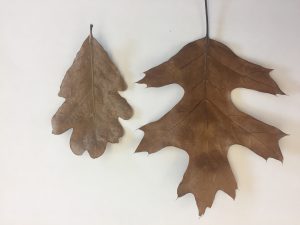Do you have questions about gardening? Need a soil test? Want help identifying plant pests or diseases? Wonder what kind of insect or tick you’ve found? The Cornell Cooperative Extension of Suffolk County Horticulture Diagnostic Lab can help! Our Horticulture Consultants can assist with plant problem diagnosis, pest identification, and general gardening and landscaping information. You can reach them through Call-In Help Lines, or stop by in person. There are two locations in Suffolk County:
Cornell Cooperative Extension
Extension Education Center
423 Griffing Ave, Riverhead, NY 11901
Open year round, Monday-Friday, 8:30am-4:30pm
Call-in help line: 631-727-4126; 9:00am-12:00pm
Bayard Cutting Arboretum
Montauk Highway, Great River, NY 11739
Open from April 27-October, Thursdays and Fridays only, 10:00am to 4:30pm
Call-in help line: 631-581-4223; 8:45am-11:45am and 1:00pm-4:00pm
Click here for more information about the Horticulture Diagnostic Labs.
You can also find many great resources here: http://ccesuffolk.org/gardening.
Also, check out this article from the Northforker on the lab!


